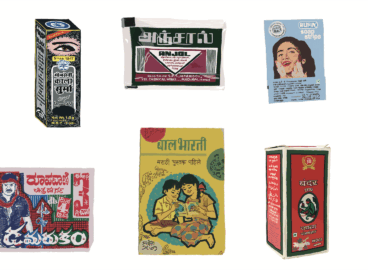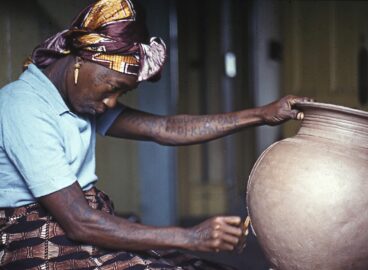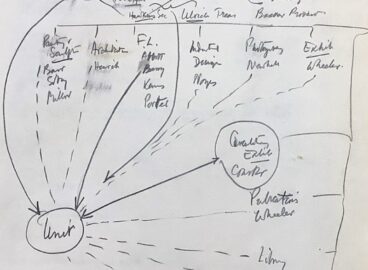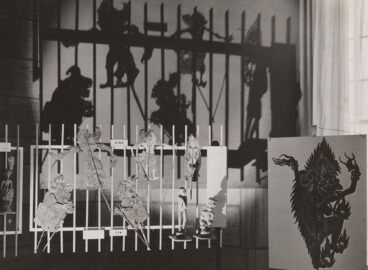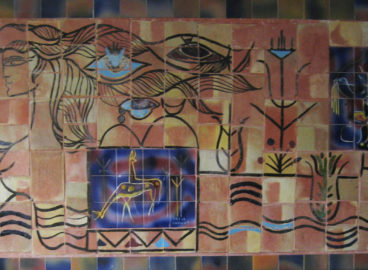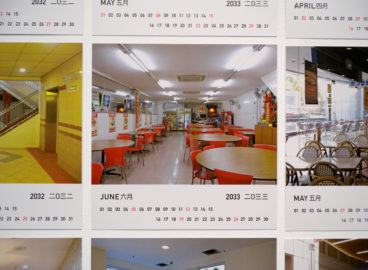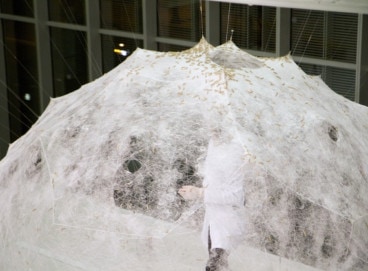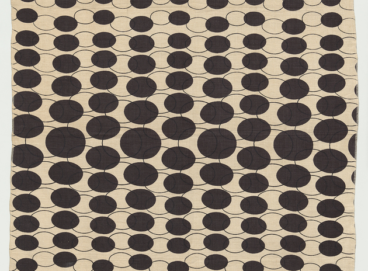“We’re simply trying to make sense of the country and the city in our own way”: Sameer and Zeenat Kulavoor in Conversation with Paul Galloway
This interview with the sibling duo behind Bombay Duck Designs explores their omnivorous curiosity for the diversity of visual cultures in India and suggests that an embrace of what may, on the surface, seem chaotic reveals opportunities for understanding and connection. Paul Galloway: An aspect of your work that intrigues me is that it is steeped…
